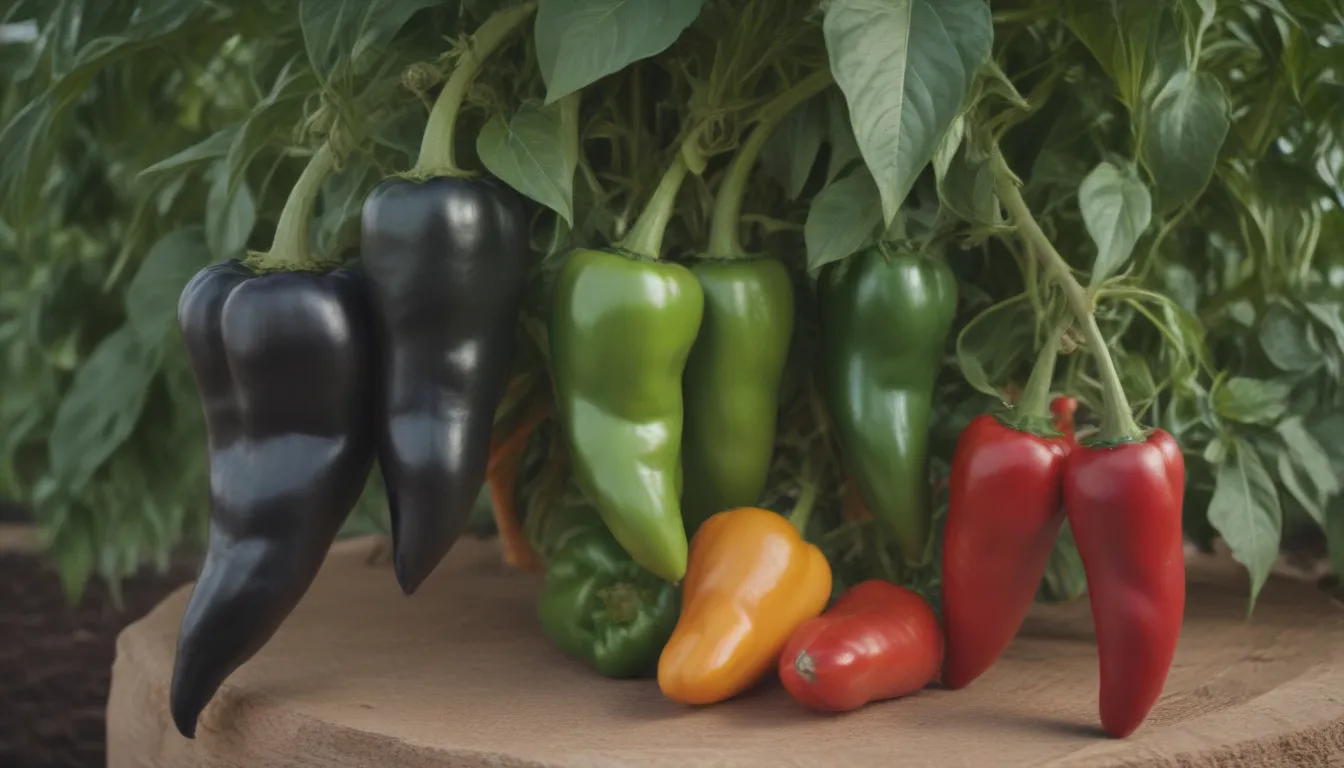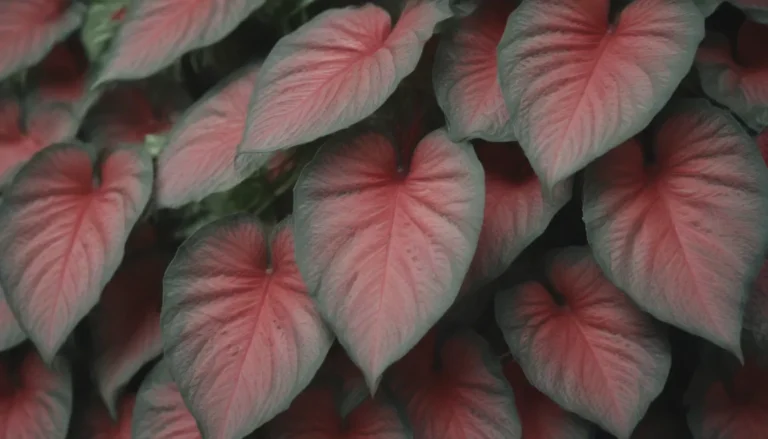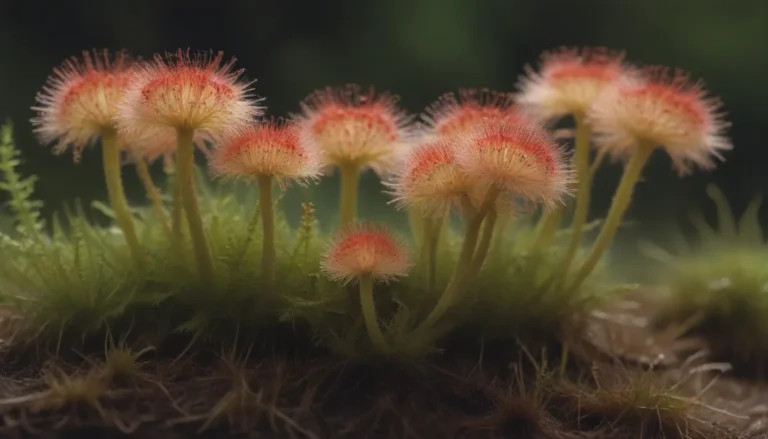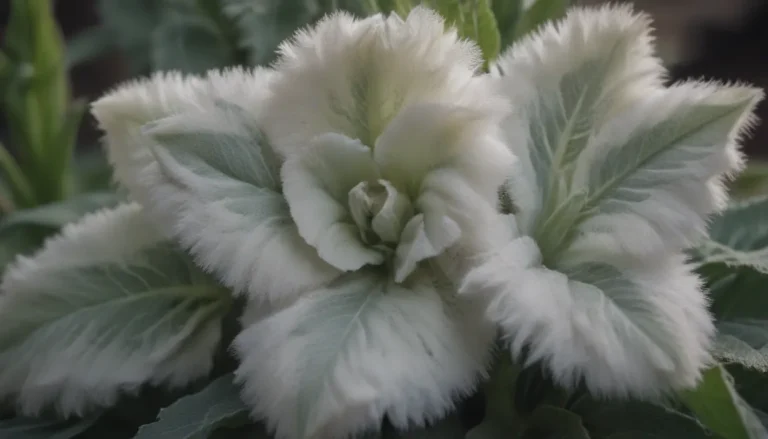How to Successfully Grow, Care for, and Harvest Peppers in Your Garden

Are you looking to add some spice to your garden? Pepper plants are a fantastic choice with their low-maintenance requirements and a variety of flavors to suit any palate. Whether you prefer bell peppers, jalapeños, or Anaheim peppers, there’s a pepper out there for you. To ensure a successful pepper-growing experience, it’s important to understand the tips and care requirements that will help you cultivate a bountiful harvest with minimal stress.
Meet the Expert
Zahid Adnan, a gardening expert and the founder of The Plant Bible, is here to provide valuable insights and guidance on all things related to growing peppers. With his expertise, you’ll be well-equipped to tackle the challenges and joys of pepper cultivation.
Choosing the Right Pepper Variety
Before you start growing peppers in your garden, it’s crucial to select the right variety that suits your preferences and gardening skills. Zahid Adnan recommends starting with versatile varieties like bell peppers, jalapeños, or Anaheim peppers, as they are relatively easy to grow and offer a range of flavors and heat levels.
Starting Peppers From Seed
Growing peppers from seed is a popular method that allows for greater control over the growing process. The key factor to consider when starting peppers from seed is the last frost date in your area. You can plant the seeds indoors eight to 10 weeks before the last frost date in small containers filled with warm and moist seed starting mix. This gives the seeds ample time to develop before they are transplanted outdoors.
Planting and Transplanting
Whether you choose to start peppers from seed or opt for young plants, transplanting your peppers outdoors is essential for their growth and development. Once your seedlings have developed true leaves, transplant them into larger pots or directly into the garden after all danger of frost has passed. Pepper plants typically fruit and mature within 65 to 85 days, depending on the variety and care they receive.
Companion Planting
To protect your pepper plants naturally, consider companion planting with herbs like basil or flowers like marigolds. These companion plants can help deter pests and attract beneficial insects to your garden, creating a harmonious growing environment for your peppers.
Caring for Your Pepper Plants
Pepper plants are relatively low-maintenance but require some essential care to thrive and produce a successful harvest. By providing the right amount of light, water, and soil conditions, you can ensure that your pepper plants flourish and yield a bounty of peppers in a few months.
Light
Pepper plants thrive in sunlight and require at least 6 to 8 hours of sunlight daily. Position your plants in a sunny spot but be cautious of recently pruned areas that may be sensitive to excessive sunlight exposure.
Soil
Pepper plants prefer slightly acidic soil with a pH between 6.0 and 6.8. Ensure that the soil drains well and stays warm to promote healthy growth. Post-frost planting is crucial for peppers to thrive, especially after sowing seeds or transplanting young plants.
Watering
Proper watering is essential for pepper plants to thrive. Water your plants regularly to keep the soil moist, but avoid overwatering. Mulching around the base of the plants can help retain moisture and suppress weeds, creating an optimal growing environment for your peppers.
Dealing with Pepper Problems
Pepper plants may encounter pests and diseases during their growth cycle. By being vigilant and proactive, you can address these issues effectively and safeguard your plants against potential damage.
Pests
Common pests that may target pepper plants include aphids, flea beetles, and pepper maggots. Monitor your plants regularly and use insecticidal soap or neem oil to combat infestations and protect your peppers from harm.
Plant Diseases
Pepper plants are susceptible to diseases like bacterial leaf spot, powdery mildew, and phytophthora blight. Implement preventive measures such as crop rotation, proper spacing, and avoiding overhead watering to minimize the risk of disease affecting your plants.
Harvesting Your Peppers
Once your pepper plants have matured and the fruits have reached their desired size and color, it’s time to harvest your peppers. Regular harvesting can encourage more fruit production and ensure a continuous harvest throughout the growing season. Most pepper varieties take around 65 to 85 days to reach maturity, so be patient and attentive to your plants’ needs.
Pepper cultivation can be a rewarding experience for gardeners of all skill levels. By following these tips and care guidelines, you can grow, care for, and harvest peppers successfully in your garden. With Zahid Adnan’s expert advice and your dedication, you’ll be on your way to enjoying homegrown peppers that add flavor and spice to your culinary creations. Just remember to provide your pepper plants with the right conditions, attention, and care they need to thrive and produce a bountiful harvest. Happy gardening!





